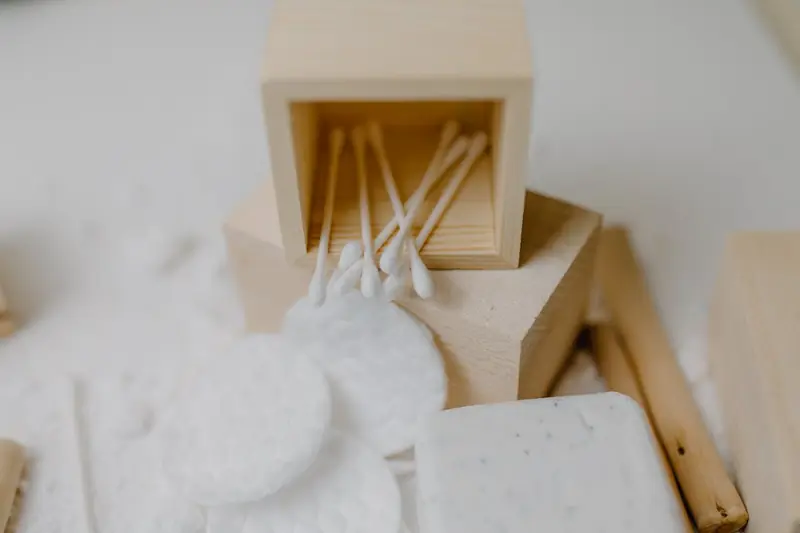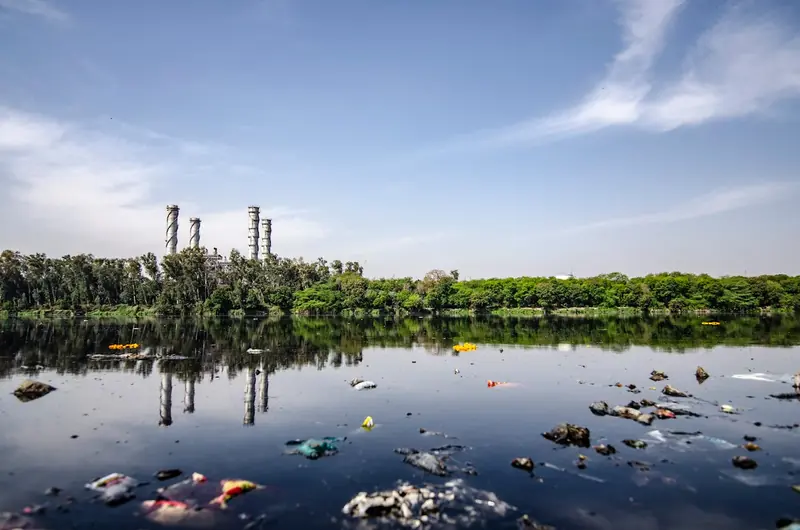
As strange as it may seem, our consumer-driven society is making people increasingly careless, or to put it bluntly, downright filthy. Researchers report that many individuals routinely flush household waste down the toilet that should actually be tossed in the trash.
Even children know that only feces, urine, and toilet paper should go down the toilet. However, experts from SINTEF—a research organization based in Trondheim, Norway—discovered a plethora of various items during their CLIMAREST project, which involved sampling wastewater, indicating a blatant disregard for this rule.
According to scientists, the top five most commonly flushed items, despite the clear guidelines, include:
- cotton swabs
- contact lenses
- condoms
- feminine hygiene products
- wet wipes.

Is it stupidity, indifference, or a lack of understanding?
The packaging of some of these products, especially wet wipes, often suggests that they can be flushed. Marketers use terms like “natural” and “biodegradable.” Some wet wipe packages even boldly state: “Flushable.” However, that’s misleading.
Unfortunately, it’s rare to see warnings indicating that disposing of such items in the sewage system is completely unacceptable. This behavior leads to the formation of massive piles of non-biodegradable waste, which can take months to clear away.
“Even if a product is labeled as natural, it doesn’t mean it simply dissolves in the environment. These products have a very long decomposition period, and they should not be flushed down the toilet, even if they are labeled as biodegradable,” emphasized Ida Beate Overjordet, a senior researcher at SINTEF.
As we know, ignorance is no excuse for breaking the law. However, identifying the “offender” who has flushed prohibited items is usually impossible, leaving no one to hold accountable.

How do experts explain the dangers of this behavior?
According to environmental organizations, the decomposition time for those so-called “natural” wet wipes is around 200 years. For waste containing plastic, that timeframe is even longer, as reported by the Daily Mail.
When such waste is flushed down the toilet, it eventually travels through pipes to a massive collector where waste from many buildings accumulates. Untreated wastewater then flows to treatment facilities, where it undergoes filtration. Ideally, the treated water can be safely released into rivers. These facilities are supposed to catch everything that gets flushed. Unfortunately, that’s not the case.
A significant portion of treatment facilities, including those in Norway, are quite “primitive,” the researchers noted. These facilities only capture a small fraction of the waste.
As a result, items from the sewage system ultimately end up in rivers and then in the oceans, polluting the water and harming marine life.
Ecologists advise households to always keep a trash bin in the bathroom. This simple step can help combat the harmful habit of flushing waste down the toilet.
Researchers also pointed out another troubling fact. Treatment facilities are unable to filter out chemical residues from medications we take. These residues, which are excreted into the sewage system through urine, pose significant dangers to the environment, Ms. Overjordet stressed. However, how to address this issue remains unclear, as people cannot simply stop taking their medications.
